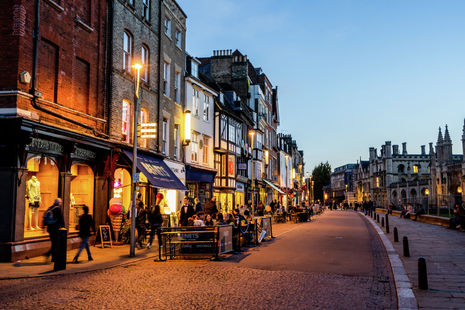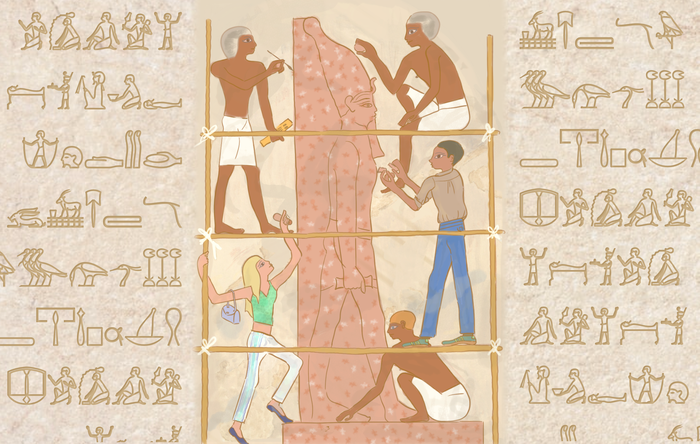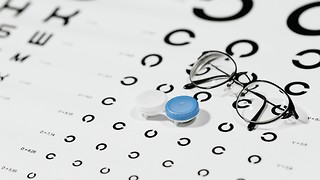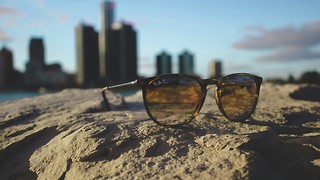Beyond reality checkpoint: local businesses risking being forced out by Cambridge’s tourism industry
Saoirse Exton explores the relationship of local people and industries to tourism, and how this affects the long-standing ‘town versus gown’ debate.

On hot summer days, the pushers, punting groups of tourists up and down the river, tell the same fabricated stories – the cone that the Cambridge Climbers supposedly managed to place atop King’s college, the size and glamour of the undergraduate accommodation, even the placement of LGBTQI+ flags as a tribute to queer Kings alumn Alan Turing. Tourists grin and wave at us, taking out their phones to video us, the architecture as our backdrop.
Every year, according to Visiting Cambridge, the town receives over 7.6m visitors, worth over £2bn. For a town of less than 150,000, this multitude of mass tourism is near-overwhelming and provides a significant source of local employment, whether through the university or the tourism industry, and economic development.
The disparity between the image of Cambridge as this out-of-time, fairytale, escapist world greatly juxtaposes with the experiences of students, however. Life here can certainly be strange and archaic, but Cambridge is ultimately, like everywhere else, a place to live and to learn.
“Every year, according to Visiting Cambridge, the town receives over 7.6 million visitors, worth over £2bn”
For the Museum of Cambridge, this is slightly more complicated. I spoke to Sum Yin Wong, the Development, Communications and Retail Officer at the museum. For her, the image of the university is deeply intertwined with the “fabric of the town”. Working in a tourist-facing charity, she admits that the attractiveness of Cambridge’s “quaint” atmosphere is exacerbated intentionally by the tourism industry. Yet, for Sum Yin, the museum is about far more than general external conceptions of Cambridge.
She explains that the Museum of Cambridge, formally known as the Folk and County Museum, is the town’s only social history museum specifically centred on Cambridge. It boasts a collection of more than 40,000 objects from over three hundred years of Cambridgeshire history. As I poke around after our interview, I find objects from Fenland culture and folklore, like the ‘corp chreadh’, a kind of voodoo doll, or the thick, imposing punt gun, used for hunting on the fens.
On a table sits a rickety stool carved with the Corpus Christi College crest, on a wall near it, a turtle shell emblazoned with the Clare College crest (the turtle, unfortunately, having been eaten at the previous dinner). Sum Yin argued that these objects promote an image of town and gown intertwined, an image of ‘Everyday People, Extraordinary Stories’, as the museum’s tagline proclaims.
However, these ‘Everyday People’ are finding themselves increasingly pushed out of the story. Anne Beamish, the founder of Indie Cambridge, emphasises the physical divide created by the increasingly “Disney-fied” nature of the town centre.
Indie Cambridge, a membership-based organisation, works to build the skillset and profile of independent businesses around the town. According to Anne, the last few years since Covid-19 have seen a sizable increase in the number of tourist focused businesses, the “Harry Potter-esque” shops, as she described them with a chuckle. These shops, being so outward-facing, have “nothing” for local people. Anne described conversations she’s held increasingly with local people who rarely make the trip into the town centre anymore. She worried that the current centre will quickly become a distinct “historical centre,” a place you take visiting friends for an afternoon, and then swiftly return to the real world.
“Museum of Cambridge, is the town’s only social history museum specifically centred on Cambridge”
Independent, locally-owned businesses are also finding themselves shafted in the centre. Anne described how the charitable status of colleges dictates that they should be able to extract the maximum available profit from their properties. This means that local business-owners are regularly passed over in favour of “a crappy chain shop”. Once these larger chains move in, “there are no mechanisms in place to get [them] […] to contribute more to the city.” Instead, their profits fall either into the pockets of landlord colleges or return to the parent companies’ coffers, usually located abroad.
While investment from large companies is often heralded as essential for the city's economy, Anne felt that it was local businesses who were the true heart of the community.
In March 2024, Cambridge-headquartered pharmaceutical company AstraZeneca announced the investment of £200m in Cambridge. As part of this, the company pledged the creation of 1,000 jobs with additional promises for training and R&D development to “enhance the UK’s pandemic preparedness”. The investment, according to AstraZeneca CEO Sir Pascal Soriot was to, “demonstrate our ongoing confidence in UK life sciences.”
Yet this confidence seems to have crumbled. Last month, AstraZeneca announced that its investment had been ‘paused’, despite plans to invest USD$50bn in the US on “medicines manufacturing”. As Anne argued, large companies like AstraZeneca cannot be controlled. “If they wanted to,” she said, they “could leave Cambridge and relocate somewhere else.” This is not the case for local business owners, for which Cambridge is their whole life and livelihood.
“Anne described how the charitable status of colleges dictates that they should be able to extract the maximum available profit from their properties”
However, for the average person, relocation has become the only option. Through a combination of debilitating costs of living and a dearth of available housing, local people are finding themselves pushed further and further out of the centre. Sum Yin suggested, speaking from her own experiences and perceptions, that this is not necessarily the result of some recent policy, but rather has “been built up for centuries” by the university.
She references the Cambridge University Constabulary, a university-specific police force which still operates, albeit with little, if any, arrests over the last few decades. Until the 1960s, the constables conducted regular street patrols, but to this day, they have a “public-order function” and act on a “reactive basis when disorder and demonstrations are expected.” Institutions such as these, even if archaic, represent a fundamental division between the ‘town and gown’, an insistence of the university as wholly its own entity, in spite of town and gown’s inherently interconnected nature.

The Fitzwilliam’s first-ever charged exhibition is worth every penny
Students are far from powerless in this equation, however. Anne suggested that students download the new Independent Cambridge app which lists their members, and allows you to find the quickest route to an indie café if you’re in a pinch. Sum Yin excitedly promoted the events that will be occurring next year to celebrate the museum’s 90th anniversary and urged students to come visit.
The aptly named Reality Checkpoint in Parker’s Piece is perhaps a way to break through the fantasy of Cambridge’s beautiful town centre and into the real world of its surrounding commercial and residential areas.
 News / SU reluctantly registers controversial women’s soc18 December 2025
News / SU reluctantly registers controversial women’s soc18 December 2025 Features / Should I stay or should I go? Cambridge students and alumni reflect on how their memories stay with them15 December 2025
Features / Should I stay or should I go? Cambridge students and alumni reflect on how their memories stay with them15 December 2025 News / Dons warn PM about Vet School closure16 December 2025
News / Dons warn PM about Vet School closure16 December 2025 News / Cambridge study finds students learn better with notes than AI13 December 2025
News / Cambridge study finds students learn better with notes than AI13 December 2025 News / Uni registers controversial new women’s society28 November 2025
News / Uni registers controversial new women’s society28 November 2025









